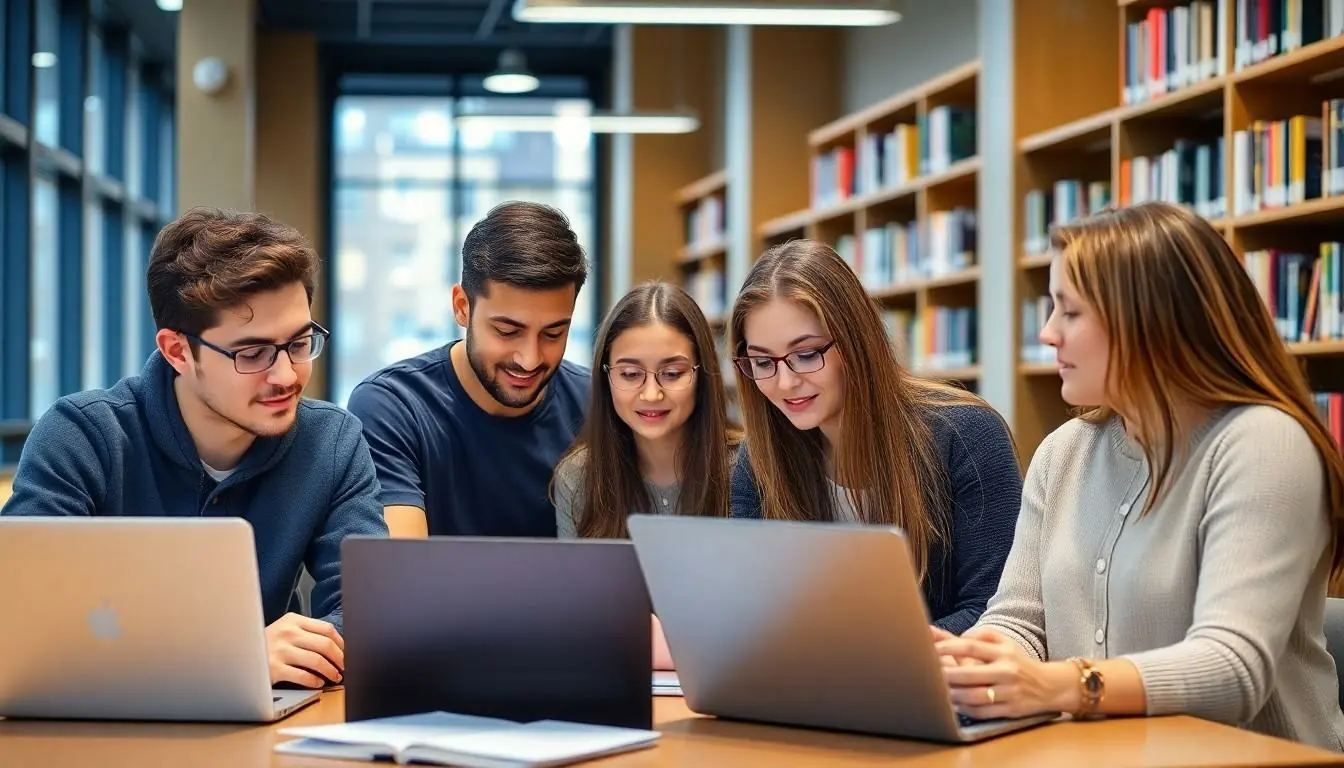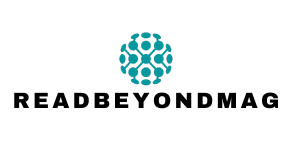Table of Contents
ToggleIn a world where creativity meets technology, ChatGPT has become a go-to tool for writers, students, and professionals alike. But with great power comes great responsibility—especially when it comes to originality. The question on everyone’s mind is whether this AI marvel can unintentionally lead to a plagiarism scandal. After all, no one wants to be the star of a “who plagiarized who” episode.
Imagine cranking out a brilliant essay only to discover it’s been flagged for plagiarism. Yikes! It’s enough to make anyone rethink their writing strategy. This article dives into the intriguing world of AI-generated content and its implications for originality, helping readers navigate the fine line between inspiration and imitation. Get ready to uncover the truth about whether using ChatGPT could land you in hot water or if it’s simply a helpful writing buddy.
Overview of ChatGPT
ChatGPT functions as an advanced AI language model designed for generating human-like text. This tool uses machine learning algorithms to understand context and respond appropriately. Capabilities include completing sentences, answering questions, and creating engaging content across various topics.
Developed by OpenAI, ChatGPT is a popular resource for writers, educators, and businesses. It simplifies content creation and enhances productivity by providing instant responses. While useful, concerns around originality arise when incorporating AI-generated text.
Plagiarism risks become a significant issue since AI can produce similar, if not identical, outputs for different users at different times. Instances of overlapping content lead to questions about the uniqueness of generated material. Therefore, users must critically evaluate the output to ensure it aligns with their original work.
Exploring the balance between inspiration and originality is essential for effective use of ChatGPT. Understanding copyright and fair use will guide users toward ethical practices. Many professionals recommend editing and adapting AI-generated text to maintain personal voice and style.
Ultimately, deliberating the role of ChatGPT in the creative process showcases its potential alongside the importance of maintaining authentic expression. Each user’s approach to utilizing this technology significantly impacts their work’s originality.
Understanding Plagiarism

Plagiarism involves using someone else’s work without giving proper credit. It raises concerns in academic and professional settings, especially with the rise of AI-generated content.
Types of Plagiarism
Direct plagiarism occurs when an individual copies text verbatim without citation. Self-plagiarism involves reusing one’s own previously published work without acknowledgment. Mosaic plagiarism mixes various sources into a new piece, often without adequate attribution. Accidental plagiarism happens when a person unintentionally fails to cite sources properly, highlighting the importance of careful documentation. Students and professionals alike must recognize these types to maintain integrity in their work.
Consequences of Plagiarism
Consequences of plagiarism can be severe and far-reaching. Academic institutions may impose penalties ranging from failing grades to expulsion. Professional repercussions include loss of credibility, legal action, and job termination. Individuals may face reputational damage, affecting future opportunities. These outcomes underline the vital importance of originality and proper citation practices in all forms of writing. Emphasizing ethical standards protects not only the creator’s rights but also maintains trust within academic and professional communities.
ChatGPT’s Content Generation
ChatGPT generates text based on patterns learned from vast datasets. This process enables it to produce human-like responses across various topics.
How ChatGPT Works
ChatGPT employs a technology called deep learning, focusing on neural networks trained on diverse text sources. By predicting the next word in a sentence, it creates coherent and contextually relevant responses. Users input prompts, guiding the AI to generate tailored outputs. This interaction emphasizes agility, allowing users to engage in dynamic conversations.
Originality of Generated Text
Generated text often raises questions about originality and uniqueness. While ChatGPT constructs responses by synthesizing information, similarities may arise across different interactions. This similarity can lead to unintentional duplication, creating potential plagiarism risks. Users benefit from editing and personalizing AI-generated content, ensuring alignment with their voice and intention. Distinguishing this content from existing work is crucial for maintaining originality.
Assessing Plagiarism Risk
Assessing the plagiarism risk of AI-generated content involves understanding the tools and principles that support academic integrity.
Tools for Plagiarism Detection
Employing reputable plagiarism detection tools is essential for evaluating the uniqueness of text created by ChatGPT. Various software options, including Turnitin, Grammarly, and Copyscape, scan for similarities against vast databases and published works. Each tool provides detailed reports identifying potential matches and areas needing citation. Utilizing these resources allows writers to ensure their content aligns with originality standards while maintaining quality. Features such as real-time scanning and integrative platforms enhance the user experience, making it easier to uphold academic integrity.
ChatGPT and Academic Integrity
Navigating academic integrity alongside ChatGPT usage requires adherence to established ethical standards. Many educational institutions highlight the responsibility of students in ensuring their submissions reflect original thought while properly crediting sources. Incorporating AI should not replace critical thinking and personal contribution to work. Instead, it can complement the creative process when users thoughtfully integrate AI-generated material. Understanding and applying citation rules mitigates plagiarism risks while reinforcing an ethical approach to research and writing. Emphasizing personal input differentiates one’s work from AI, fostering a genuine academic experience.
Implications for Users
Users of ChatGPT must consider the implications of AI-generated content, particularly regarding originality and plagiarism risks.
Best Practices for Using ChatGPT
To minimize plagiarism risks, users should personalize AI-generated content. Editing is essential, as original input enriches the text and differentiates it from similar outputs. Users should combine AI suggestions with their unique insights for greater authenticity. Regularly reviewing and revising prompts leads to tailored responses that reflect individual voice and intention. Employing reputable plagiarism detection tools ensures the generated content maintains uniqueness and proper attribution. Strategies for integrating ChatGPT include using it as a brainstorming partner rather than a final author. These techniques foster creativity while safeguarding the integrity of the work produced.
Ethical Considerations
Ethics in using AI extends to understanding copyright and fair use laws. Attribution plays a crucial role in upholding academic integrity, so users must credit any sourced ideas appropriately. Recognizing the types of plagiarism strengthens users’ ability to navigate these challenges. Users should always aim for transparency when incorporating AI content into their work. Thorough knowledge of ethical standards fosters responsibility and respect for original creators. Maintaining a balance between leveraging AI and preserving personal creativity enhances the overall quality of any academic or professional submission. Ultimately, ethical considerations shape how users engage with AI tools and ensure trust within creative communities.
Navigating the complexities of AI-generated content requires a keen understanding of originality and plagiarism. While ChatGPT offers remarkable assistance in content creation, users must remain vigilant about the potential for unintentional similarities. By actively engaging with AI outputs and personalizing them, individuals can maintain their unique voice and mitigate plagiarism risks.
Ethical practices such as proper citation and a clear grasp of copyright laws are essential in this evolving landscape. As technology continues to shape creativity, striking a balance between leveraging AI’s capabilities and preserving personal expression will be crucial for maintaining integrity in writing. Embracing this approach not only enhances the quality of work but also fosters trust within academic and professional communities.







